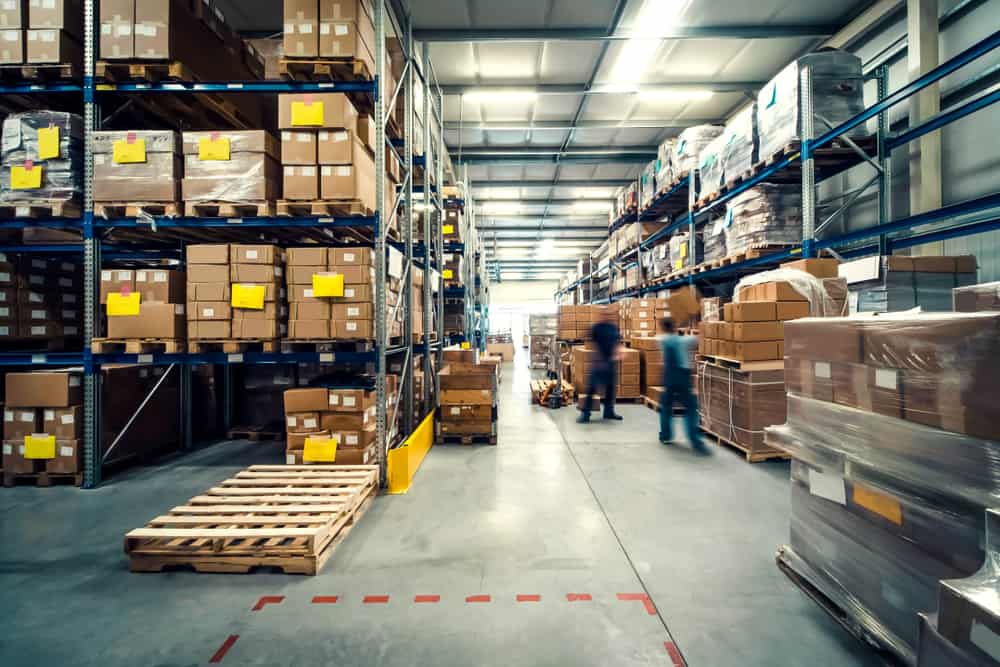Hazardous Waste handling requires a great deal of care when it comes to transportation since the packaging and methods used to transporte de residuos peligrosos will determine whether an accident or spill will occur. Identifying a spilled substance properly and quickly determines the effectiveness and safety of controlling the situation. This article discusses the transportation of hazardous wastes and other substances.
Various forms of hazardous waste exist. They can be solids, liquids, or gases. Hazardous wastes can cause harm to humans and the environment when released into the environment. A by-product of a production process, obsolete materials, or discarded unutilized products can also be used as compost material.
Substances or wastes that should be transported:
When transporte de residuos peligrosos is usually treated, stored, and disposed of by air, rail, water, or road. The spill risk is higher when the material is loaded, transported, and unloaded. Hazardous waste is generally highly regulated for this reason. There are regulations governing the transportation of hazardous waste outside of an installation. If hazardous waste is transported outside of an installation, transporters and operators must take into account the following factors:
- Hazardous waste shall be marked on every transport carrying hazardous good.
- Hazardous waste packages are required to display separate labels identifying their types.
- It is mandatory to display distinct labels on packages containing goods exposed to more than one hazard.
- It is mandatory to install a tachograph and spark arrester on all conveyances carrying hazardous goods.
It consists of smaller amounts of hazardous waste transported over shorter distances, but it poses significant risks because of its frequency and insufficient regulation.

Hazardous waste transport
A crucial factor is the transportation of hazardous waste, which is not the waste generator’s responsibility. The trash is also transported from the generator to the co-processor by the transporter and the waste generator, which utilizes the waste. As a waste generator, you are responsible for packaging waste to ensure safe handling, storage, and transport.
According to the Hazardous Waste (Management, Handling, and Transboundary Movement) Rules, 2008, the Motor Vehicle Act, 1988, and other guidelines issued by the Central Government, transportation shall take place in accordance with these provisions. The occupier must notify the concerned SPCB before handing over hazardous waste to a transporter through a state other than the one where the hazardous waste originated or was intended for disposal.
It is also the occupier’s responsibility to provide the transporter with relevant information regarding the hazardous nature and measures to be taken in case of an emergency in Form 11 Transport Emergency (TREM) Card of the Hazardous Waste Management, Handling and Transboundary Movement Rules, 2008. Additionally, the occupier must pack and seal the waste in a manner that is easy to handle and transport.



